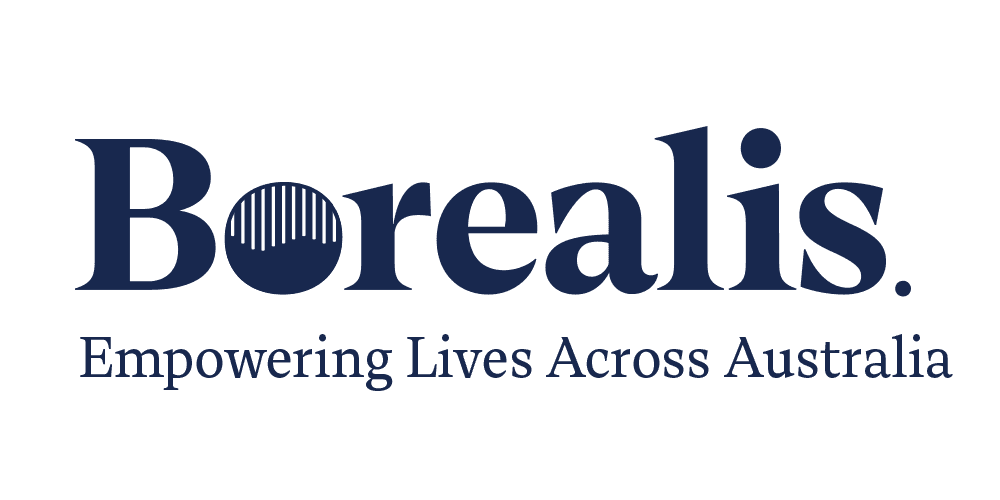Common Misconceptions About NDIS in Australia
AH
Understanding the National Disability Insurance Scheme (NDIS)
The National Disability Insurance Scheme (NDIS) is a revolutionary program in Australia that provides support to individuals with disabilities. Despite its widespread implementation, there are several misconceptions about the NDIS that often lead to confusion among participants and their families. This article aims to clarify these misunderstandings and offer a clearer perspective on how the NDIS operates.

Misconception 1: The NDIS Covers All Disability-Related Costs
One common misconception is that the NDIS covers every expense related to an individual’s disability. In reality, the NDIS is designed to provide funding for "reasonable and necessary" supports that are related to a person's disability and are required to help them achieve their personal goals, live independently, and participate in the community. This means that while many supports can be funded, not everything will qualify.
Misconception 2: NDIS Is Only for Physical Disabilities
Another misunderstanding is that the NDIS only supports individuals with physical disabilities. The scheme is inclusive of people with a wide range of disabilities, including intellectual, cognitive, sensory, and psychosocial disabilities. This broad approach ensures that a diverse group of individuals can access the support they need.

Misconception 3: Once You're Eligible, You're Covered for Life
Some people believe that once they are deemed eligible for the NDIS, they will receive support indefinitely. However, participants' plans are reviewed regularly to ensure that the supports remain relevant and aligned with their changing needs. This ongoing assessment helps to provide the most effective assistance as circumstances evolve over time.
Misconception 4: It's All About Money
While financial support is a significant aspect of the NDIS, it’s not just about the funding. The scheme also focuses on improving participants' overall quality of life by providing access to community services, employment opportunities, and social activities. It’s about empowering individuals to lead more fulfilling lives beyond just financial aid.

Understanding Plan Management Options
There is also confusion surrounding the management of NDIS plans. Participants can choose from three main options for managing their funds: self-management, plan management, and NDIA management. Each option offers varying levels of control and responsibility, allowing participants to select what best suits their preferences and circumstances.
- Self-management: Participants manage their own plans, offering maximum flexibility.
- Plan management: A registered plan manager assists in handling the financial aspects.
- NDIA management: The National Disability Insurance Agency manages the plan on behalf of the participant.
The Importance of Accurate Information
With so much information available, it's crucial for participants and their families to seek reliable sources when learning about the NDIS. Engaging with local coordinators, support groups, and official NDIS resources can help clear up any confusion and provide a more comprehensive understanding of what the scheme offers.
By dispelling these common misconceptions, we hope to provide a clearer picture of the NDIS and its potential benefits. Understanding the scheme fully can empower participants to make informed decisions and maximize the supports available to them.
